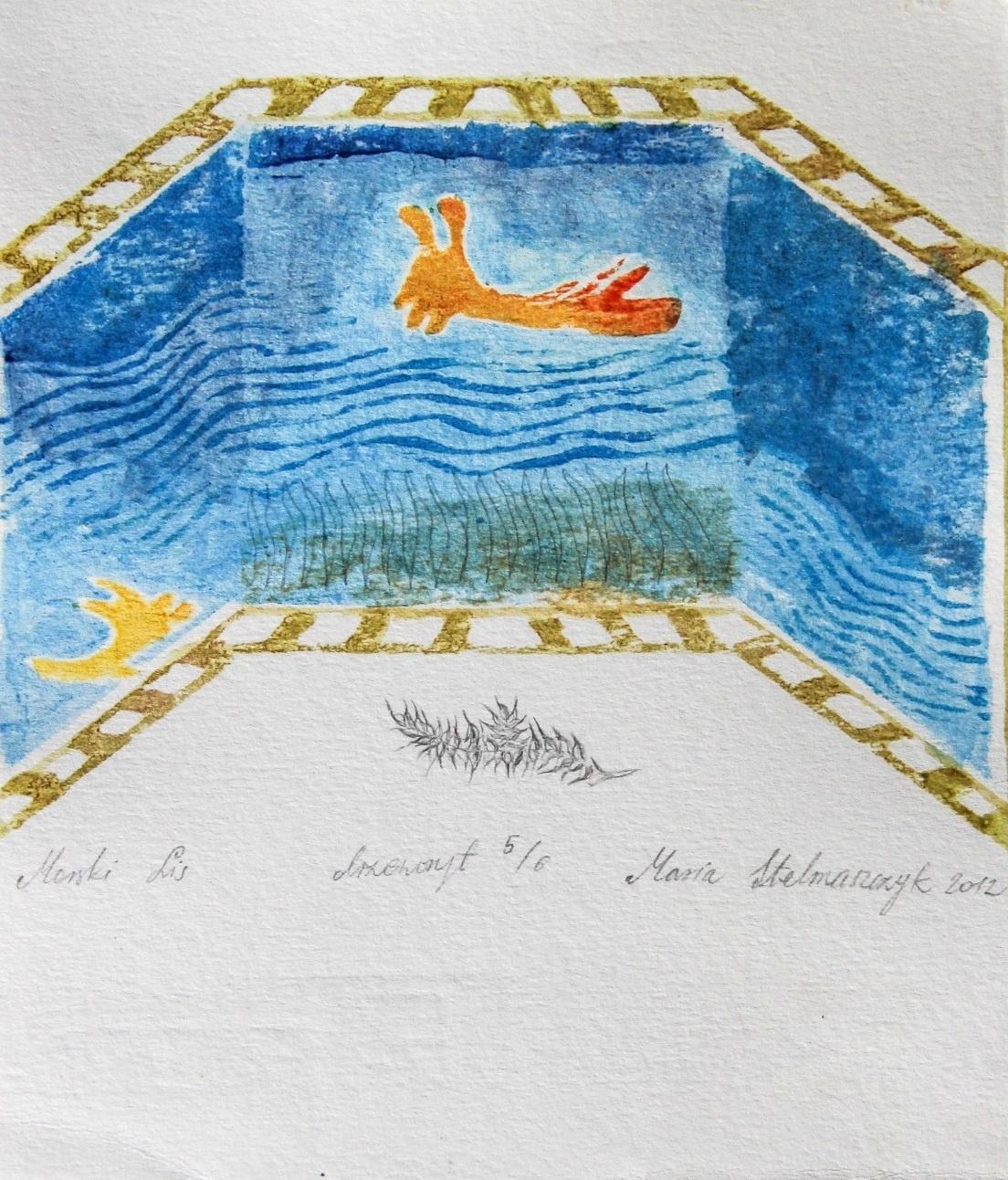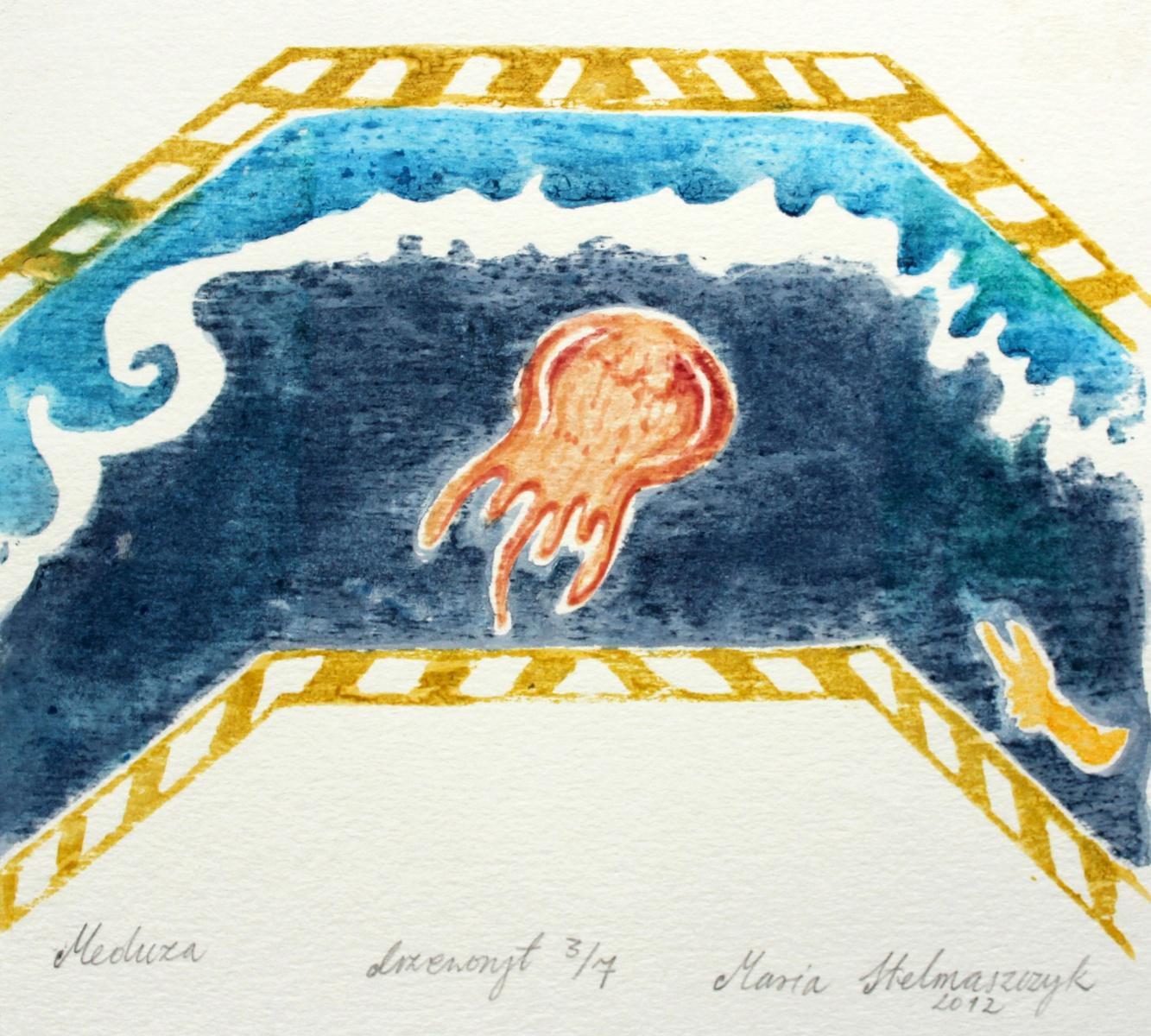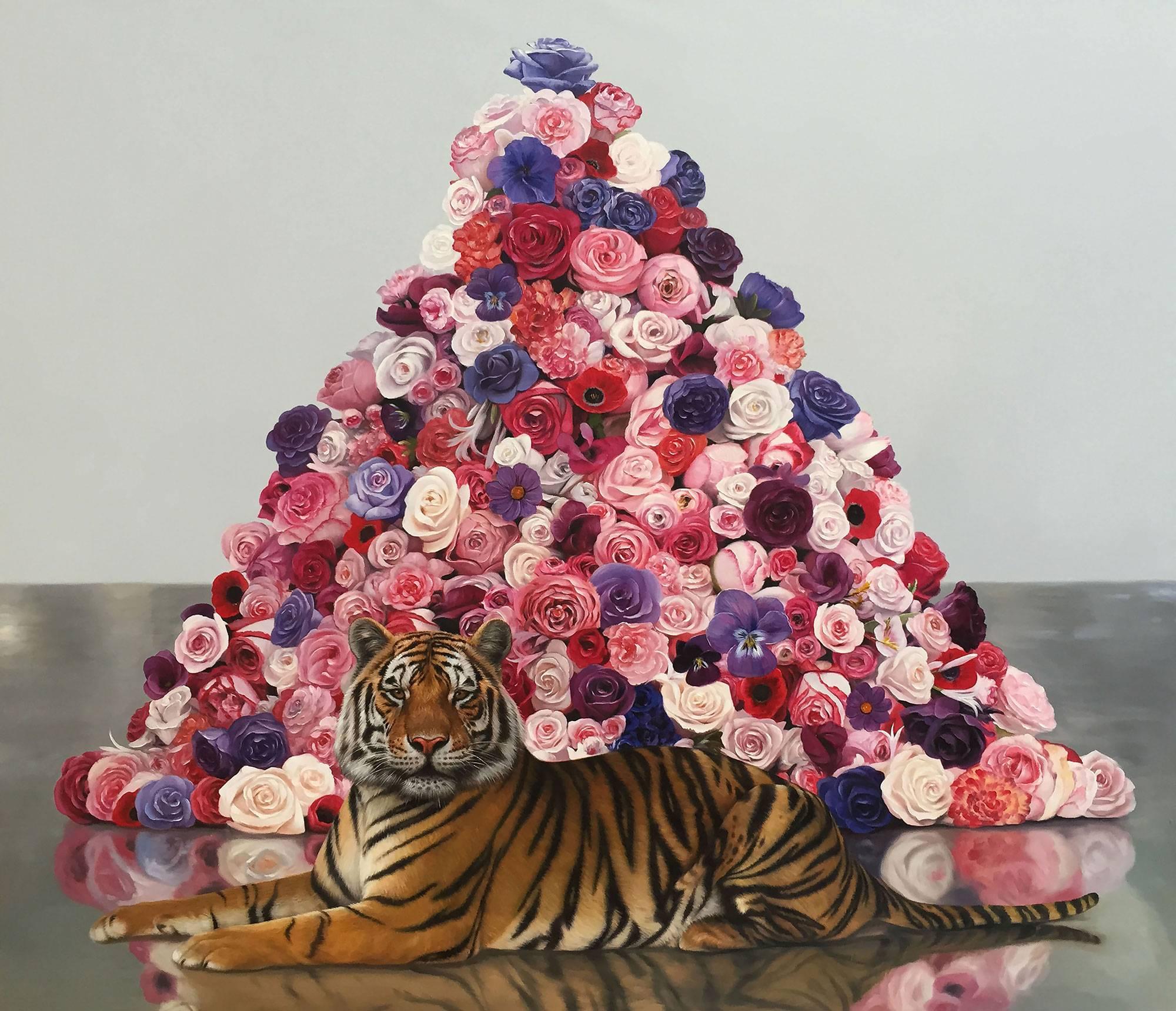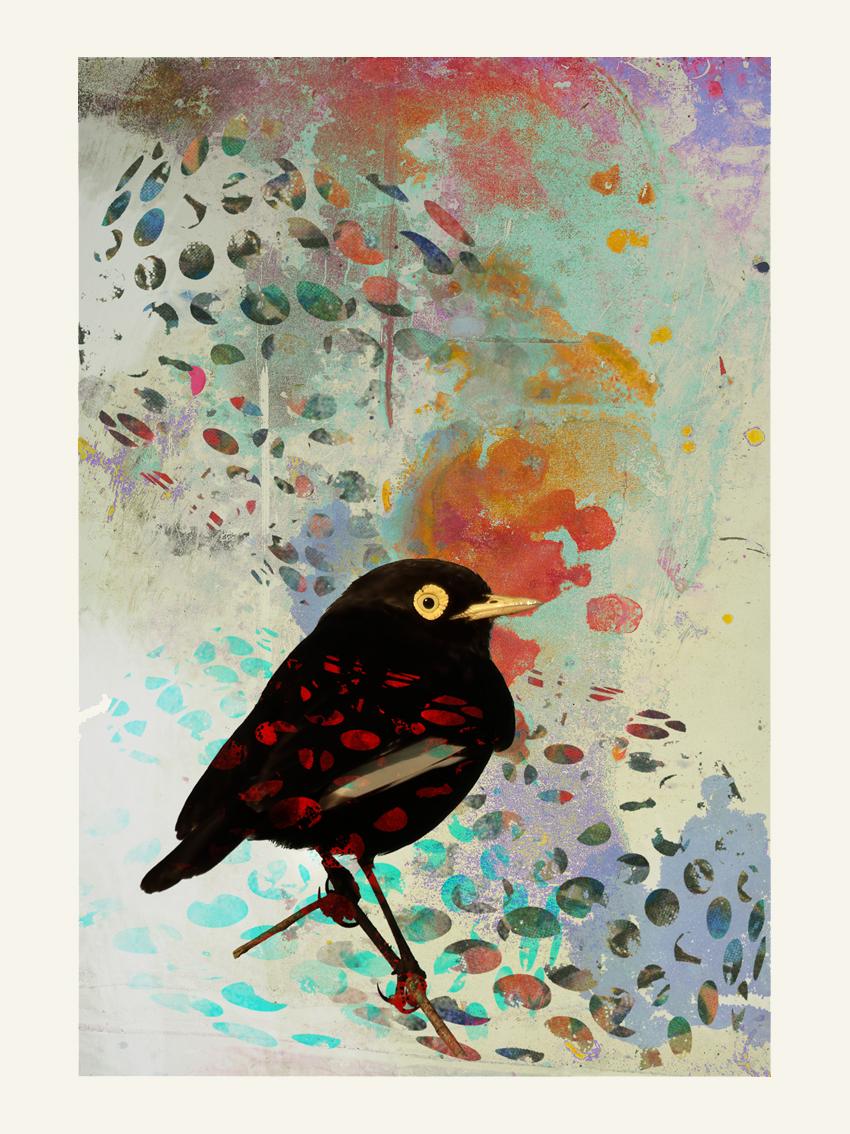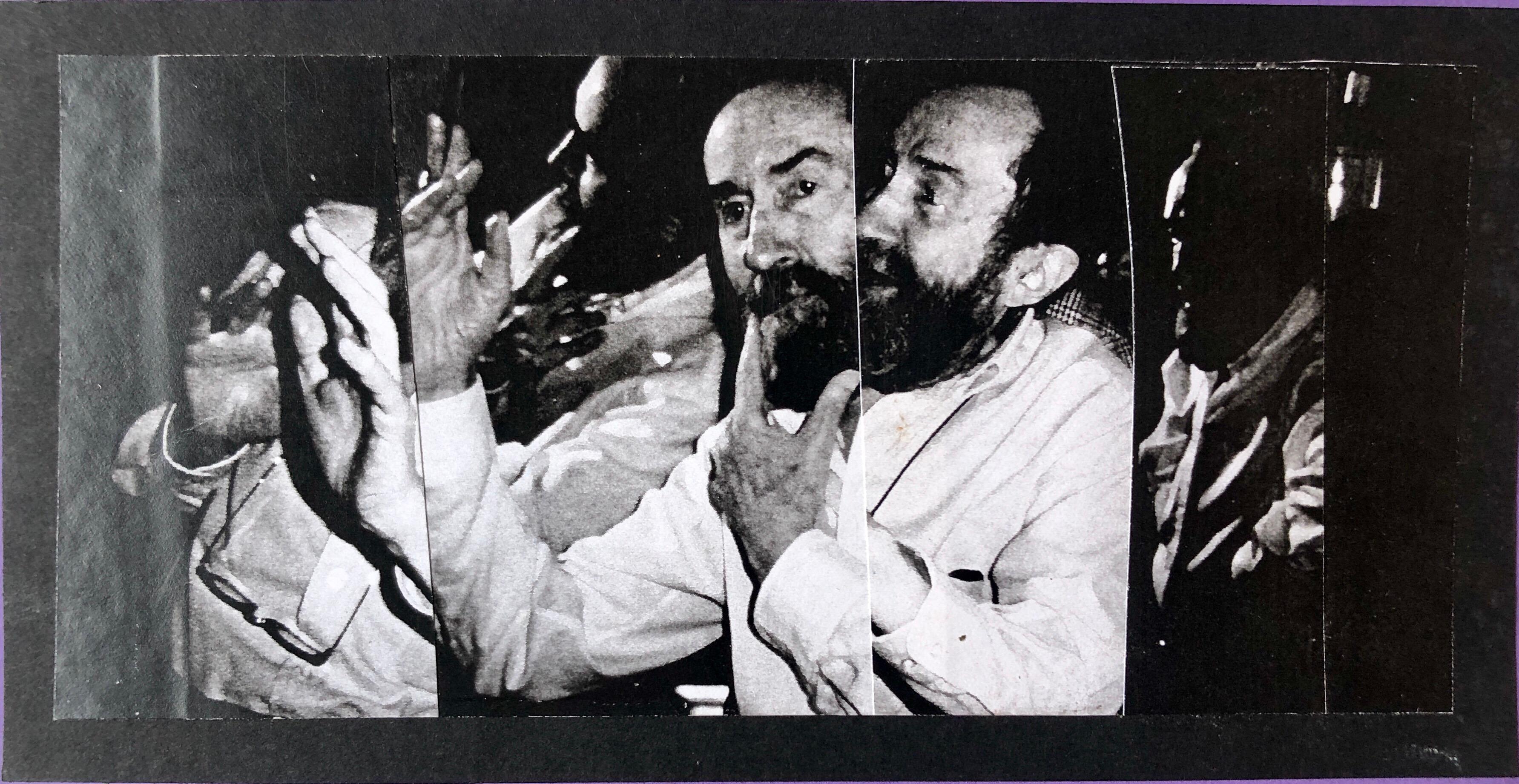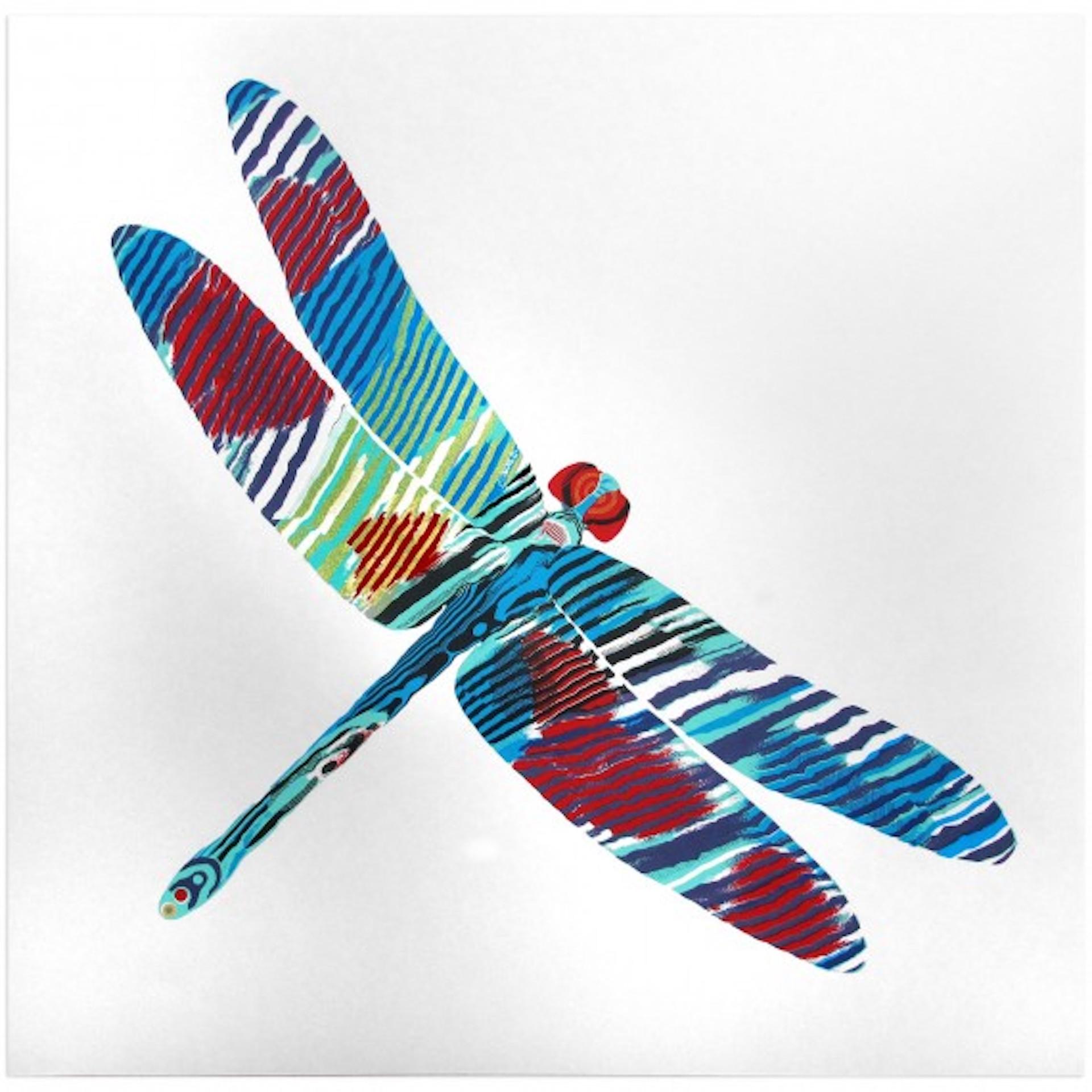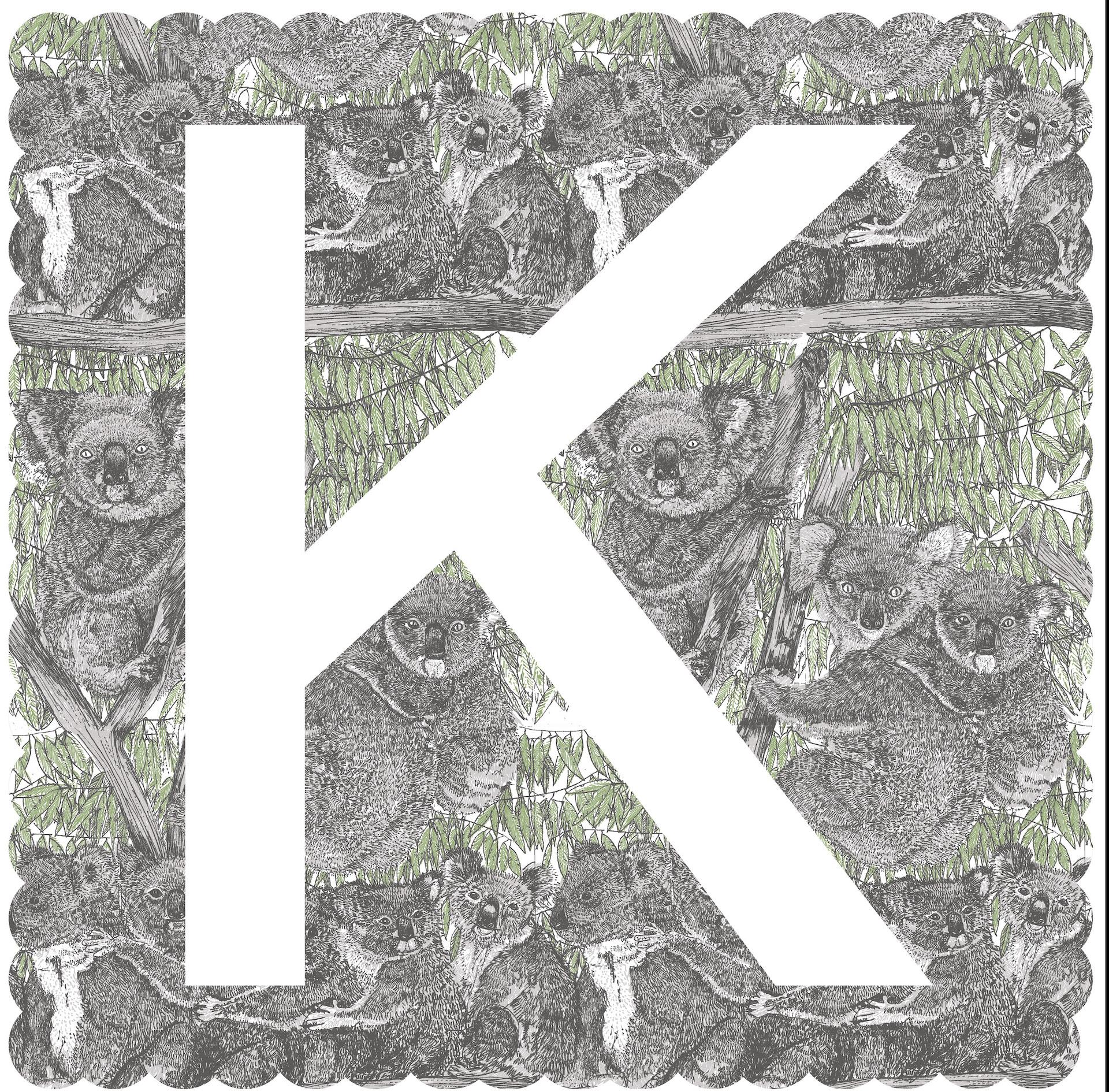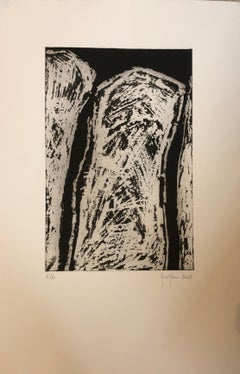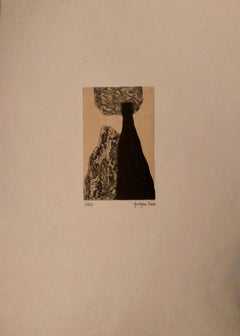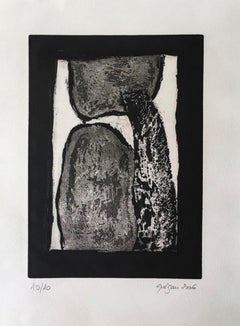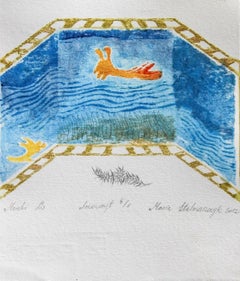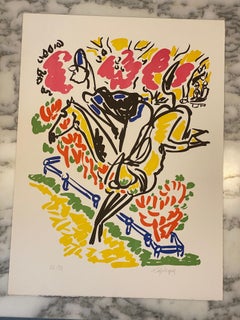
French Artist Original Lithography, The jump of the hedge, 1952, Limited Edition
Want more images or videos?
Request additional images or videos from the seller
1 of 13
Charles LapicqueFrench Artist Original Lithography, The jump of the hedge, 1952, Limited Edition1952
1952
About the Item
- Creator:Charles Lapicque (1898 - 1988, French)
- Creation Year:1952
- Dimensions:Height: 25.6 in (65 cm)Width: 19.69 in (50 cm)Depth: 0.04 in (1 mm)
- Medium:
- Period:
- Condition:
- Gallery Location:Paris, FR
- Reference Number:1stDibs: LU131916684962
About the Seller
5.0
Vetted Seller
These experienced sellers undergo a comprehensive evaluation by our team of in-house experts.
Established in 2017
1stDibs seller since 2019
More From This SellerView All
- Limited Edition 2005 Marielle Guégan French Artist Gravure/Engraving MinimalistBy Guégan MarielleLocated in Paris, FRThe sixth of six of this limited edition Marielle Guégan engraving created in 2005. Marielle Guégan is a French painter and engraver. During her studies as an interior designer, sh...Category
21st Century and Contemporary Abstract Abstract Prints
MaterialsPaper, Engraving
- Marielle Guégan French Artist Limited Edition Gravure/Engraving 2006By Guégan MarielleLocated in Paris, FRThe third of 10 of this limited edition Marielle Guégan engraving created in 2006. The engraving it self is H 15 cm x W 9.5 cm Marielle Guégan is a French painter and engraver. Duri...Category
21st Century and Contemporary Abstract Abstract Prints
MaterialsPaper, Engraving
- Limited Edition 2006 Marielle Guégan French Artist Gravure/EngravingBy Guégan MarielleLocated in Paris, FRThe last of tenth of 10 of this limited edition Marielle Guégan engraving created in 2006. Marielle Guégan is a French painter and engraver. During her studies as an interior desig...Category
21st Century and Contemporary Abstract Abstract Prints
MaterialsEngraving, Paper
- Limited Edition 2011 Marielle Guégan French Artist Gravure/EngravingBy Guégan MarielleLocated in Paris, FRThe fourth of 20 of this limited edition Marielle Guégan engraving created in 2011 The engraving size : H 34.5 cm x w 13.5cm Marielle Guégan is a French painter and engraver. Durin...Category
21st Century and Contemporary Abstract Abstract Prints
MaterialsPaper, Engraving
- Limited Edition 2011 Marielle Guégan French Artist Gravure/EngravingBy Guégan MarielleLocated in Paris, FRThe sixth of 20 of this limited edition Marielle Guégan engraving created in 2011. Marielle Guégan is a French painter and engraver. During her studies as an interior designer, she...Category
21st Century and Contemporary Abstract Abstract Prints
MaterialsEngraving, Paper
- Nathalie Fontenoy French Artist, Paper collage, Fragment #4, Rose PinkBy Nathalie FontenoyLocated in Paris, FRTechnique collage of paper on canvas, Indian ink and charcoal acrylic paint "series Fragment # 4" signed. - Unframed canvas (no frame) Paper collage is a technique of artistic crea...Category
21st Century and Contemporary Abstract Mixed Media
MaterialsCanvas, Paper, Charcoal, Acrylic
You May Also Like
- Sea fox - XXI Century, Contemporary Woodcut Print, Colorful, AbstractBy Maria StelmaszczykLocated in Warsaw, PLMaria Stelmaszczyk is a Polish artist born in 1983. PROVENANCE Exhibited at Katarzyna Napiorkowska Gallery. The Gallery is a primary representative for this artist. The Gallery o...Category
2010s Contemporary Abstract Prints
MaterialsPaper, Woodcut
- Jellyfish - XXI Century, Contemporary Woodcut Print, Colorful, AbstractBy Maria StelmaszczykLocated in Warsaw, PLMaria Stelmaszczyk is a Polish artist born in 1983. PROVENANCE Exhibited at Katarzyna Napiorkowska Gallery. The Gallery is a primary representative for this artist. The Gallery o...Category
2010s Contemporary Abstract Prints
MaterialsPaper, Woodcut
- Simplicity of Complexity DeersLocated in New York, NYABOUT THIS ARTIST: Máximo Tuja is one of the most active artists working with contemporary collage. His collector base is ever-growing and his signature co...Category
2010s Abstract Prints
MaterialsPhotographic Paper
- The Philosopher's ConquestBy Marc DennisLocated in New York, NYABOUT THIS PIECE: The Philosopher's Conquest is from the artists last show, An Artist, A Curator And A Rabbi Walk Into A Bar...,.The title of the exhib...Category
2010s Animal Prints
MaterialsPhotographic Paper
- Birds 004 -Contemporary, Abstract prints, stil-life, figurative, nude, landscapeBy Francisco NicolásLocated in London, LondonBirds 004, 2017 Digital pigment print Ultrachrome ink on Fabriano Rosaspina paper. Hand signed by the artist, and certificate of authenticity. Edition of 25 (Unframed) His work ha...Category
2010s Pop Art Abstract Prints
MaterialsPaper, Inkjet, Pigment, Archival Pigment
- Vintage Abstract Expressionist Hyman Bloom Photo Collage Assemblage PhotographBy Martin SumersLocated in Surfside, FLThis is a unique original collage, decoupage style of Jiri Kolar, This is an exceptional artwork which was part of a collaboration between Hyman Bloom and fellow artist and his very good friend Martin Sumers. This is pencil signed by Martin Sumers. Provenance: Acquired from the Sumers estate collection. Hyman Bloom (March 29, 1913 – August 26, 2009) was a Latvian-born American painter. His work was influenced by his Jewish heritage and Eastern religions as well as by artists including Altdorfer, Grünewald, Caravaggio, Rembrandt, Blake, Bresdin, James Ensor and Chaim Soutine. He first came to prominence when his work was included in the 1942 Museum of Modern Art exhibition "Americans 1942 -- 18 Artists from 9 States". MoMA purchased 2 paintings from the exhibition and Time magazine singled him out as a "striking discovery" in their exhibition review. His work was selected for both the 1948 and 1950 Venice Biennale exhibitions and his 1954 retrospective traveled from Boston's Institute of Contemporary Art to the Albright Gallery and the de Young Museum before closing out at The Whitney Museum of American Art in 1955. In a 1954 interview with Yale art professor Bernard Chaet, Willem de Kooning indicated that he and Jackson Pollock both considered Bloom to be “America’s first abstract expressionist”, a label that Bloom would disavow. Starting in the mid 1950s his work began to shift more towards works on paper and he exclusively focused on drawing throughout the 1960s, returning to painting in 1971. He continued both drawing and painting until his death in 2009 at the age of 9 Hyman Bloom (né Melamed) was born into an orthodox Jewish family in the tiny Jewish village of Brunavišķi in what is now Latvia, then part of the Russian Empire At a young age Bloom planned to become a rabbi, but his family could not find a suitable teacher. In the eighth grade he received a scholarship to a program for gifted high school students at the Museum of Fine Arts. He attended the Boston High School of Commerce, which was near the museum. He also took art classes at the West End Community Center, a settlement house. The classes were taught by Harold Zimmerman, a student at the School of the Museum of Fine Arts, who also taught the young Jack Levine at another settlement house in Roxbury. When Bloom was fifteen, he and Levine began studying with a well-known Harvard art professor, Denman Ross, who rented a studio for the purpose and paid the boys a weekly stipend to enable them to continue their studies rather than take jobs to support their families. He took Bloom and Levine on a field trip to the Museum of Modern Art in New York, where Bloom was impressed by the work of Rouault and Soutine and began experimenting with their expressive painting styles. In the 1930s Bloom worked sporadically for the Public Works of Art Project and the Federal Art Project (WPA), He shared a studio in the South End with Levine and another artist, Betty Chase. It was during this period that he developed a lifelong interest in Eastern philosophy and music, and in Theosophy. He first received national attention in 1942 when thirteen of his paintings were included in the Museum of Modern Art (MoMA) exhibition Americans 1942: 18 Artists from 9 States, curated by Dorothy Miller. MoMA purchased two of his paintings from that exhibition, and he was featured in Time magazine. The titles of his paintings in the exhibition reflect some of his recurring themes. Two were titled The Synagogue, another, Jew with the Torah; Bloom was actually criticized by one reviewer for including "stereotypical" Jewish images. He also had two paintings titled The Christmas Tree, and another titled The Chandelier, both subjects he returned to repeatedly. Another, Skeleton (c. 1936), was followed by a series of cadaver paintings in the forties, and The Fish (c. 1936) was one of many paintings and drawings of fish he created over the course of his career. Bloom was associated at first with the growing Abstract Expressionist movement. Willem de Kooning and Jackson Pollock, who first saw Bloom's work at the MoMA exhibition, considered Bloom "the first Abstract Expressionist artist in America." In 1950 he was chosen, along with the likes of de Kooning, Pollock, and Arshile Gorky, to represent the United States at the Venice Biennale. That same year Elaine de Kooning wrote about Bloom in ARTnews, noting that in paintings such as The Harpies, his work approached total abstraction: "the whole impact is carried in the boiling action of the pigment". In 1951 Thomas B. Hess reproduced Bloom's Archaeological Treasure in his first book, Abstract Painting: Background and American Phase, along with works by Picasso, Pollock, and others. Both de Kooning and Hess remarked on Bloom's expressive paint handling, a key characteristic of Abstract Expressionist painting. As abstract expressionism dominated the American art world, Bloom became disenchanted with it, calling it "emotional catharsis, with no intellectual basis." In addition, instead of moving to New York to pursue his career, he opted to stay in Boston. As a result he fell out of favor with critics and never achieved the kind of fame that Pollock and others did. He disliked self-promotion and never placed much value on critical acclaim. Many of Bloom's paintings feature rabbis, usually holding the Torah. According to Bloom, his intentions were more artistic than religious. He began questioning his Jewish faith early in life, and painted rabbis, he claimed, because that was what he knew. Over the course of his career he produced dozens of paintings of rabbis...Category
1990s Modern Animal Prints
MaterialsPaper, Photographic Paper
